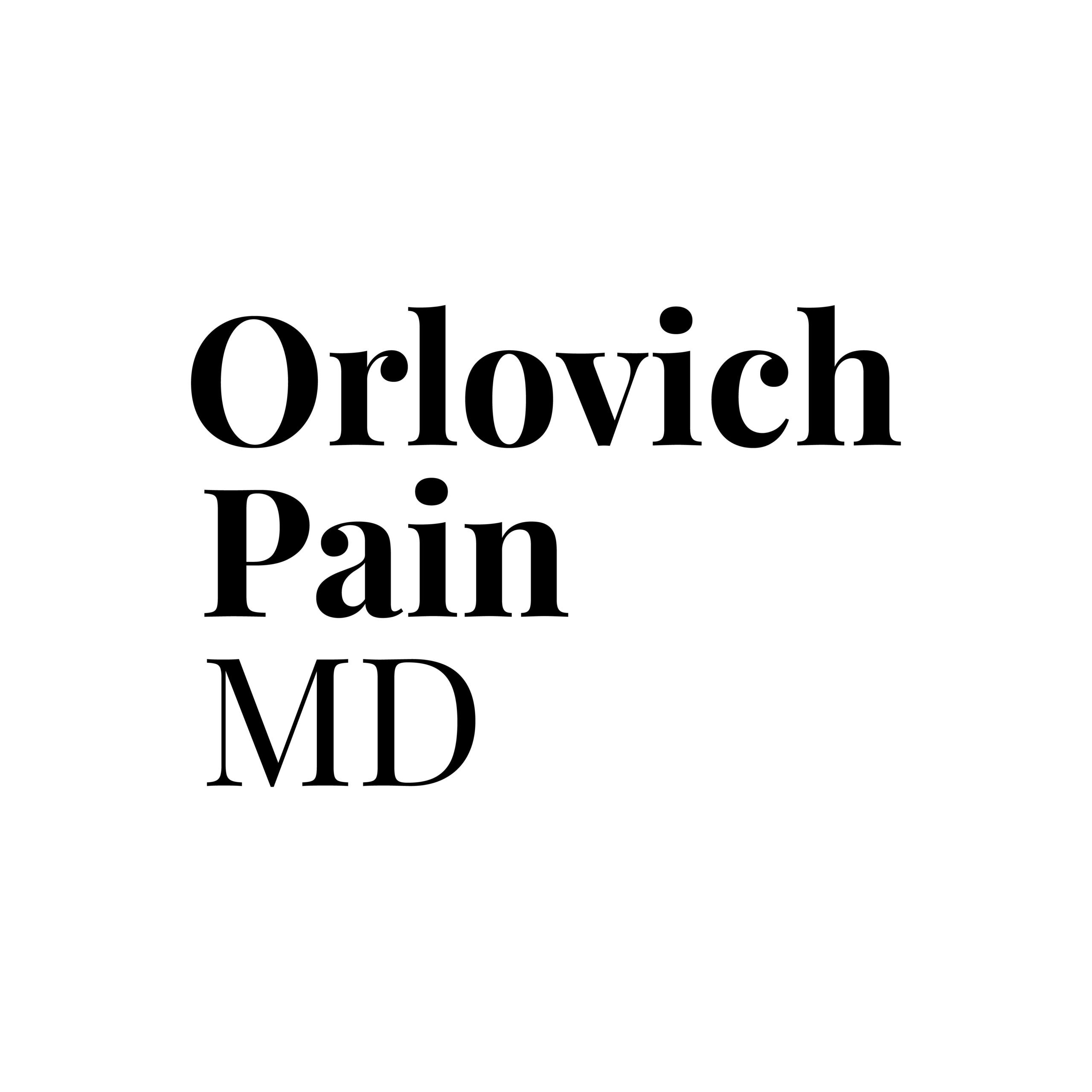Overview of Muscle Relaxants:
Muscle relaxants are medications designed to alleviate muscle spasms, stiffness, and pain. They work by depressing the central nervous system, leading to muscle relaxation. Commonly prescribed for conditions such as muscle injuries, strains, or certain neurological disorders, these pharmaceuticals can provide short-term relief but often come with side effects like drowsiness, dizziness, and potential dependency.
Drawbacks of Conventional Muscle Relaxants:
While pharmaceutical muscle relaxants have proven efficacy, there are drawbacks that prompt individuals to seek natural alternatives. These drawbacks include side effects ranging from mild discomfort to more severe complications. Additionally, concerns about dependency and the desire for more holistic approaches to wellness have fueled the exploration of alternative options.
The Need for Natural Alternatives
Concerns with Synthetic Muscle Relaxants:
Synthetic muscle relaxants can cause various side effects, such as drowsiness, dizziness, blurred vision, and, in some cases, dependence. Long-term use may be associated with more serious adverse effects. These concerns, coupled with a growing awareness of the potential consequences of relying solely on pharmaceuticals, have led many to explore natural alternatives for pain relief and muscle relaxation.
Natural Alternatives to Muscle Relaxants
Physical Therapies
1. Yoga:
Yoga, an ancient practice originating from India, combines physical postures, breathing exercises, and meditation. The various poses in yoga help in stretching and strengthening muscles, promoting flexibility, and improving overall body awareness. Certain yoga poses, such as the child’s pose, cat-cow stretch, and downward-facing dog, are particularly effective in relieving muscle tension and enhancing relaxation.
2. Stretching Exercises:
Stretching is a fundamental component of maintaining muscle health. Dynamic stretching before physical activity and static stretching afterward contribute to flexibility and reduce the risk of muscle spasms. Exercises targeting major muscle groups, such as quadriceps, hamstrings, and back muscles, can significantly alleviate muscle tightness and discomfort.

B. Dietary Approaches
1. Anti-Inflammatory Foods:
Chronic inflammation can contribute to muscle pain and stiffness. Including anti-inflammatory foods in the diet can help mitigate these issues. Turmeric, a spice containing curcumin, possesses potent anti-inflammatory properties. Incorporating turmeric into dishes or taking curcumin supplements may aid in reducing muscle inflammation. Additionally, omega-3 fatty acids found in fatty fish like salmon and mackerel have anti-inflammatory effects, promoting overall muscle health.
2. Hydration:
Dehydration can exacerbate muscle cramps and spasms. Proper hydration ensures that muscles receive an adequate supply of nutrients and oxygen. It is crucial to maintain a consistent water intake throughout the day, especially during physical activity. Electrolyte-rich drinks can also be beneficial for replenishing essential minerals lost through sweating.
C. Herbal Remedies
1. Arnica:
Arnica, derived from the Arnica montana plant, has been used traditionally for its anti-inflammatory and analgesic properties. Arnica is available in various forms, including topical creams and gels. When applied to the affected area, it can help reduce muscle pain and swelling. However, it’s important to follow recommended guidelines for application to avoid skin irritation.
2. Chamomile:
Chamomile, known for its calming effects, can also act as a muscle relaxant. Chamomile tea, consumed regularly, may help alleviate muscle tension and promote relaxation. Additionally, chamomile-infused oils or creams can be applied topically for localized relief. The gentle nature of chamomile makes it a suitable option for those seeking natural alternatives.

D. Mind-Body Practices
1. Meditation:
Meditation involves focused attention and mindfulness, providing mental and physical relaxation. By calming the mind, meditation can indirectly contribute to muscle relaxation. Techniques such as guided meditation, mindful breathing, and body scan meditations can be particularly effective in reducing stress and tension, ultimately benefiting muscle health.
2. Breathing Exercises:
Controlled breathing exercises, such as diaphragmatic breathing and paced breathing, can influence the autonomic nervous system, promoting relaxation. These exercises enhance oxygenation of the body, reduce stress hormones, and contribute to muscle tension relief. Incorporating regular breathing exercises into daily routines can be a simple yet powerful way to support natural muscle relaxation.

Lifestyle Changes for Long-Term Relief
Incorporating Regular Exercise:
Engaging in regular physical activity is crucial for maintaining overall muscle health. Exercise improves blood circulation, enhances flexibility, and strengthens muscles. Tailoring exercise routines to individual preferences and physical capabilities ensures that the benefits are achieved without causing additional strain. Activities such as walking, swimming, or gentle strength training can be particularly beneficial.
Stress Management Techniques:
Chronic stress can contribute to muscle tension and pain. Implementing stress management techniques is essential for long-term relief. Practices such as mindfulness, meditation, and engaging in hobbies or activities that bring joy can help manage stress levels. Creating a balanced and supportive lifestyle reduces the likelihood of muscle-related issues stemming from prolonged stress.
Importance
- Minimizing Side Effects:
- Conventional muscle relaxants often come with a range of side effects, including drowsiness, dizziness, and gastrointestinal issues. Natural alternatives, such as herbal remedies and dietary approaches, aim to minimize these adverse effects, promoting a gentler and more sustainable approach to pain management.
- Reducing Dependency Risks:
- Dependency on pharmaceutical muscle relaxants is a concern, especially with long-term use. Natural alternatives, such as yoga and meditation, focus on empowering individuals to actively participate in their pain management, reducing reliance on medications that may lead to dependency issues.
- Holistic Wellness:
- Natural alternatives promote a holistic approach to wellness by addressing not only the physical symptoms but also the mental and emotional aspects of pain. Mind-body practices like meditation contribute to overall well-being, enhancing the quality of life beyond just alleviating muscle discomfort.
- Long-Term Health Benefits:
- Many natural alternatives, such as regular exercise and a balanced diet, contribute to long-term health benefits beyond pain relief. Exercise, for instance, strengthens muscles and improves flexibility, reducing the likelihood of future muscle-related issues. This preventive aspect adds to the importance of adopting natural approaches.
- Individualized Treatment:
- Natural alternatives offer a diverse range of options that can be tailored to individual preferences and needs. Unlike one-size-fits-all pharmaceuticals, these approaches allow individuals to choose methods that resonate with their lifestyle, preferences, and cultural backgrounds, fostering a more personalized and patient-centered approach.
- Addressing Underlying Causes:
- Natural alternatives often focus on addressing underlying causes of muscle pain, such as inflammation or stress. By targeting these root causes, these approaches aim to provide more comprehensive and sustainable relief, contributing to the overall improvement of musculoskeletal health.
- Encouraging Proactive Self-Care:
- Adopting natural alternatives empowers individuals to actively engage in their own health and well-being. Practices like stretching, mindful breathing, and dietary adjustments encourage proactive self-care, promoting a sense of control over one’s health and fostering a positive mindset towards pain management.
References:
- Sarris, J., & Wardle, J. (2010). Clinical Naturopathy: An evidence-based guide to practice. Churchill Livingstone.
- Wieland, L. S., Skoetz, N., Pilkington, K., Vempati, R., D’Adamo, C. R., Berman, B. M., & Martin, B. R. (2010). Yoga treatment for chronic non-specific low back pain. Cochrane Database of Systematic Reviews, (1).
- Hewlings, S., & Kalman, D. S. (2017). Curcumin: A review of its’ effects on human health. Foods, 6(10), 92.
- Lakhan, S. E., Sheafer, H., & Tepper, D. (2010). The effectiveness of aromatherapy in reducing pain: a systematic review and meta-analysis. Pain Research and Treatment, 2016.
- Baggoley, C. (2015). Review of the Australian Government Rebate on Natural Therapies for Private Health Insurance. Australian Government Department of Health.
Questions
What are the drawbacks of conventional muscle relaxants?
Conventional muscle relaxants can cause side effects such as drowsiness, dizziness, and potential dependency with long-term use.
How does yoga help in muscle relaxation?
Yoga promotes muscle relaxation through a combination of physical postures, breathing exercises, and meditation. It improves flexibility, reduces tension, and enhances overall body awareness.
Are there specific dietary approaches for muscle pain relief?
Yes, incorporating anti-inflammatory foods like turmeric and omega-3 fatty acids from fatty fish can help reduce inflammation and alleviate muscle pain.
Can dehydration contribute to muscle spasms?
Yes, dehydration can lead to muscle cramps and spasms. Maintaining proper hydration ensures muscles receive adequate nutrients and oxygen.
How does arnica work as a natural muscle relaxant?
Arnica has anti-inflammatory and analgesic properties. Applied topically through creams or gels, it can help reduce muscle pain and swelling.
Conclusion
In conclusion, natural alternatives to muscle relaxants offer a holistic approach to pain relief and muscle relaxation. Incorporating physical therapies, dietary adjustments, herbal remedies, and mind-body practices provides a comprehensive strategy for managing muscle-related issues.
While these natural alternatives can be effective, it’s essential for individuals to consult with healthcare professionals before making significant changes, especially if they have existing health conditions or are taking medications. Integrating natural approaches into one’s lifestyle, with guidance from healthcare providers, can contribute to sustainable muscle health and overall well-being.
References
- Link:NCCIH – Pain
- Link: Mayo Clinic – Pain Management
- Link: PubMed
- Link: AAOS – OrthoInfo
- Link: Arthritis Foundation
- Link: NIA – Exercise and Physical Activity
- Link: Yoga Journal
- Link: The Chopra Center – Meditation
- Link: EatRight.org
- Link:MedlinePlus – Exercise and Physical Fitness






